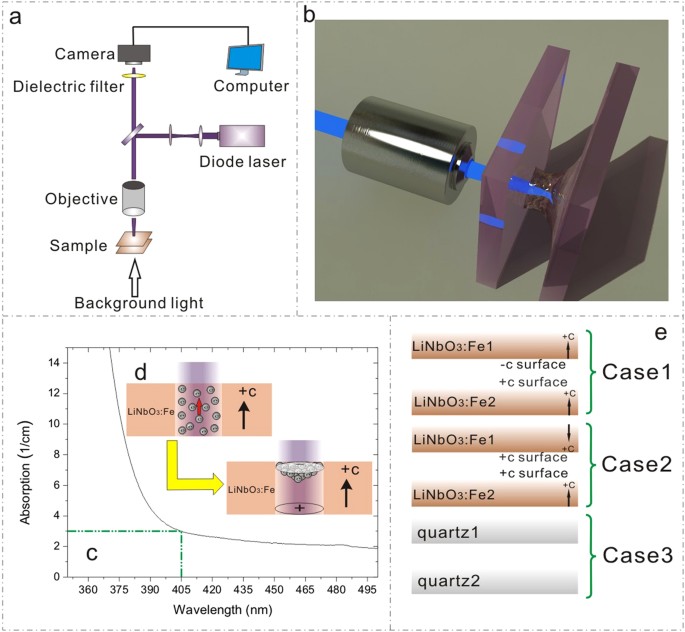
- Select a language for the TTS:
- UK English Female
- UK English Male
- US English Female
- US English Male
- Australian Female
- Australian Male
- Language selected: (auto detect) - EN
Play all audios:
NO 1. HOUSES In September 1842 Charles Darwin with his wife Emma and four children moved into Down House in Kent, a substantial house, south east of London, where he lived until his death 40
years later. The Reverend James Drummond had asked £2,500 (the equivalent today of £1.93 million) for it, but Darwin eventually paid £2,200 (£1.7 million). He and his wife had a joint
income of £14,000 a year (£10.8 million). This lifelong financial security meant that Darwin never had to find paid employment and was able to devote himself entirely to his scientific
interests. In 1865, a record year to date, Anthony Trollope made £6,945 (£4.3 million), of which £5,866 (£3.66 million) was from his writing. That year he had published _Can You Forgive
Her?_, the first novel of the Palliser series. He was able to buy the freehold of Waltham House, a substantial early 18th-century mansion, near Chelmsford in Essex, for £3,500 (£2.18
million). In 1866, he made £7,446 (£4.6 million). This would be his all-time record; but his job as Post Office Surveyor to the Eastern District accounted for £700 (£430,000) of his annual
income. In 1867, at long last and at the age of fifty-two, he gave up his Post Office work. He had saved enough from his literary income to generate an income equal to the pension he would
lose by not staying until he was 60. In April 1930 Harold Nicolson wrote to his wife, Vita Sackville-West: “My view is: a) That it is most unwise of us to get Sissinghurst. It costs us
£12,000 (£2.1 million) to buy and will cost another good £15,000 (£2.6 million) to put it in order. This will mean nearly £30,000 (£5.2 million) before we have done with it. For £30,000 we
could buy a beautiful place replete with park, garage, h. and c. [hot and cold running water], central heating, historical associations, and two lodges, right and left. b) That it is most
wise of us to buy Sissinghurst. Through its veins pulses the blood of the Sackville dynasty. True it is that it comes through the female line — but then we are both feminist and, after all
Knole came in the same way. It is, for you, an ancestral mansion… c) It is in Kent. It is a part of Kent we like. It is self-contained. I could make a lake. The boys could ride.” On 19 July
1962, the 24-year-old Lord Londonderry gave a party for 300 friends at Londonderry House, Park Lane, the last great aristocratic London townhouse, which was soon to come under the
auctioneer’s hammer. Guests included the Duke and Duchess of Rutland, and they were entertained by Benny Goodman. “We wanted to give the old house a wake,” said young Lady Londonderry. “It
was a wonderful, gay night. But for us, sad, too.” A week later, the house was sold for £500,000 (£21.3 million) to Mr Isaac Klug, director of the Budget Property Company. Planning
permission had already been granted for shops and a hotel to be erected on the site. In 1971 Richard Branson went in search of a country property in which to set up a recording studio. “The
idea of looking for a country property had a commercial logic. Not only were properties cheaper, but the notion of the pastoral life as a boon to creativity was abroad in rock music. More
and more groups spoke dreamily of retreating to the countryside ‘to get our heads together’ and plan their next masterpiece. Referring to a copy of _Country Life_ Branson set off to find an
affordable mansion. He had earmarked a ‘fairytale’ castle in Wales, but when he arrived it turned out to be in the middle of a less than romantic trading estate. Driving back to London,
Branson saw another property, the old manor house at Shipton-on-Cherwell, twenty miles from Oxford. He arrived in the early evening, without an appointment, climbed over the wall at the back
of the garden and strolled through the stone cloisters and on to the terrace. The gardens sloped gently away and vanished in the woods beyond. Behind them, in the dying sun, the stone
assumed the appearance of freshly baked gingerbread. It seemed a kingdom beyond compare… In March 1971 the manor and grounds became the possession of Richard Branson, for £30,000 (£675,000)
— secured with a loan of £7,500 (£169,000) from his aunt Joyce and a mortgage from Coutts.” (_Richard Branson: The Inside Story_ by Mick Brown) _Note on values: If one asks what a monetary
value in the past is “worth” today, there is no one correct answer. A sum of money in the past would have been valued in different ways by different people and under different contexts. Here
the intention is to find out how “affordable” items would seem to the average person of the time, so figures are converted using the average earnings index provided by the Office of
National Statistics._








